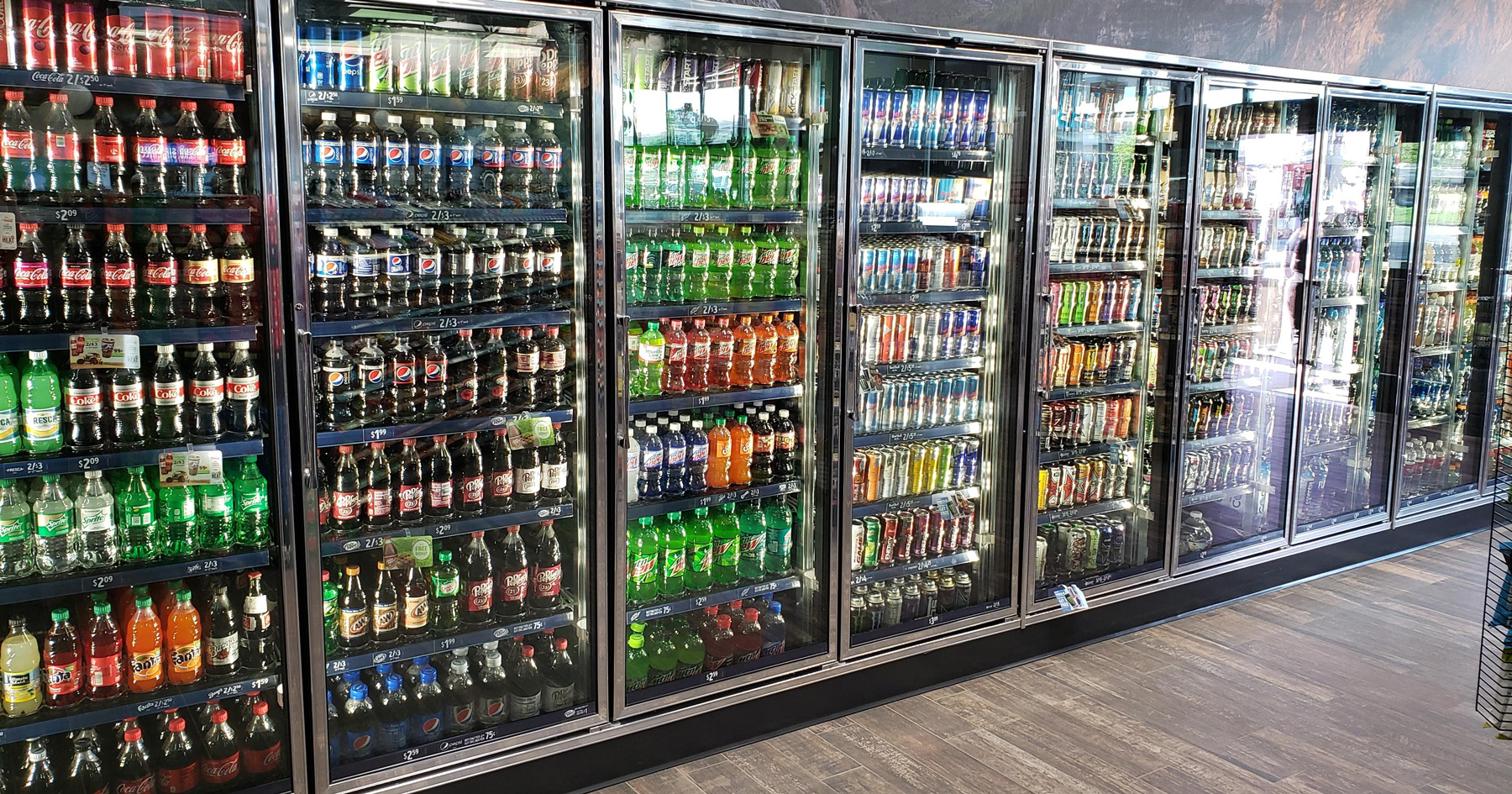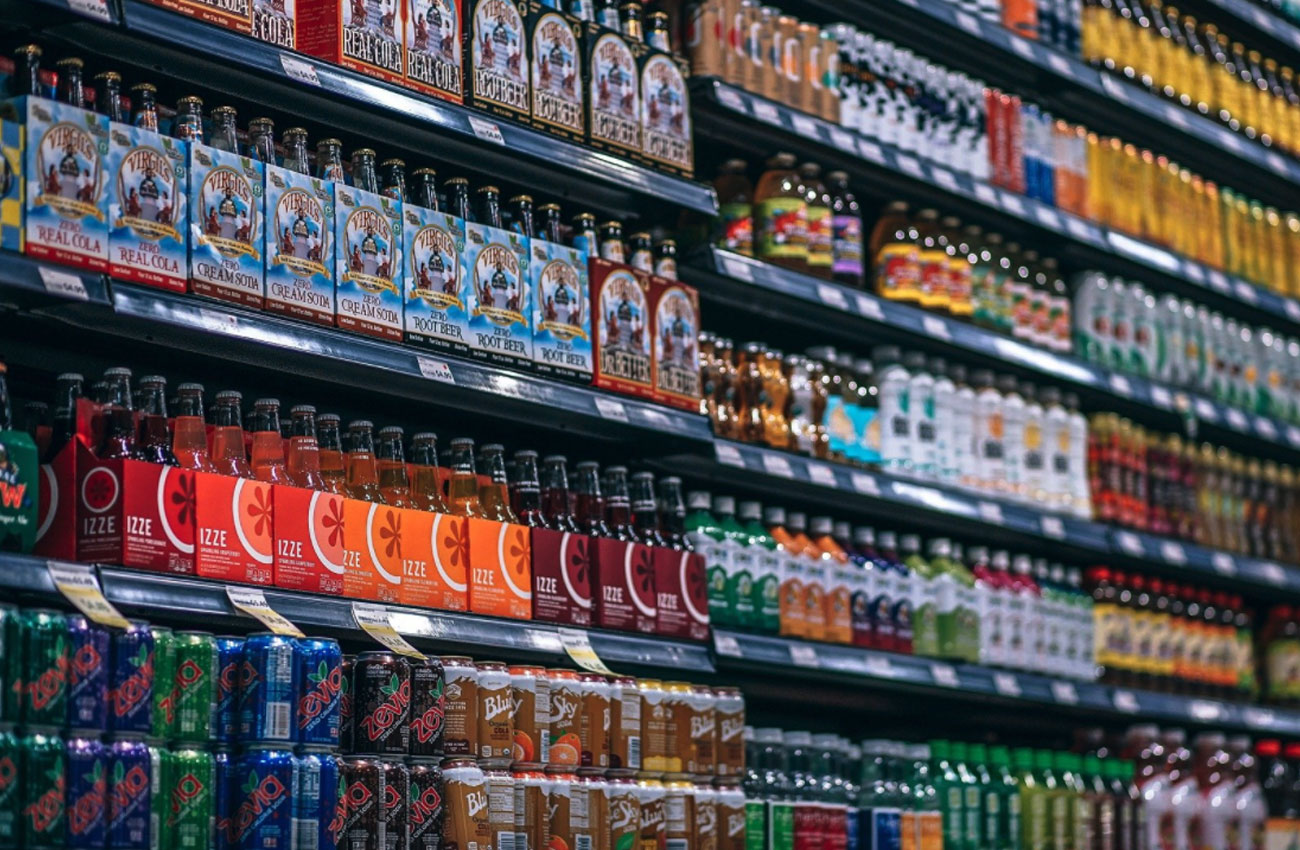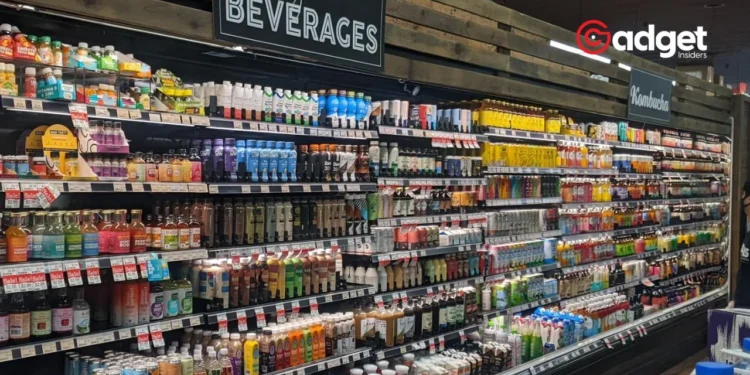The recent Chapter 11 bankruptcy filing by Boisson, a leading retailer in the nonalcoholic beverage market, has sent ripples through the industry and among consumers who prefer their drinks sans alcohol. Boisson’s bold attempt to tap into the growing trend of mindful drinking has taken a surprising turn, challenging the sustainability of trends in the volatile retail sector.

The Rise and Stall of a Trendsetter Beverage
Boisson, known for its innovative approach to nonalcoholic beverages, promised to evolve the way the world drinks. With an array of non-alcoholic alternatives sourced globally, the company sought to cater to a growing demographic of health-conscious consumers.
“Every day, more of us are looking at labels. Researching ingredients. Bringing mindfulness to the food we put in our bodies. And like what we eat, what we drink is changing,”
Boisson stated, aiming to redefine drinking culture.
Despite the promising start and the opening of five retail locations across major U.S. cities including New York, Los Angeles, San Francisco, and Miami, Boisson faced the harsh reality of market demand and consumer behavior. The company’s venture into the physical retail space, alongside maintaining an e-commerce business, ultimately led to its filing for Chapter 11 bankruptcy protection, signaling a pivotal moment for the nonalcoholic beverage industry.

The Challenge of Keeping Up with Consumer Tastes
Boisson’s story is a classic example of the challenges that come with building a business around a trend. While the desire for nonalcoholic beer, wine, and cocktails has indeed been on the rise, sustaining a business solely on this trend proved more complex than anticipated. The closure of all Boisson retail locations marks a significant setback for the company and serves as a cautionary tale for others in the industry.
Nicholas Bodkins, the company’s founder, reflected on the decision to restructure, emphasizing that the move was in the best interest of creditors and stakeholders.
Popular beverage retailer files Chapter 11 bankruptcy – The retail chain tried to capitalize on something that's supposedly a growing trend. @BIZLInet https://t.co/p0Q92yqukh
— BIZLI (@BIZLInet) April 10, 2024
“This and other difficult decisions have been made, including the decision to close all retail locations,”
Bodkins shared on his LinkedIn page, underscoring the difficult path to maintaining a niche retail operation in a competitive market.
A Future Focused on E-commerce and Wholesale Distribution
Despite the setback, Boisson is not bowing out of the game. The company plans to continue its online operations, focusing on the wholesale distribution and e-commerce divisions. This strategic pivot is aimed at leveraging the still-present interest in nonalcoholic beverages, without the overhead costs of physical retail spaces. Bodkins remains hopeful, K opportunity rather than the end of the road for Boisson.
Bodkins also made it clear that Boisson’s challenges do not reflect a waning interest in the nonalcoholic category as a whole.

“Our failure is not the NA category’s failure,”
he stated, distinguishing the company’s operational struggles from the market’s potential. This perspective highlights the broader challenges faced by businesses attempting to innovate within well-established consumer markets.
Reflecting on Lessons Learned
The Boisson bankruptcy is a reminder of the complexities of retail and the importance of adaptability in business. As companies strive to align with consumer trends, the balance between innovation and sustainability remains delicate. Bodkins’s reflections on the company’s journey and his acknowledgment of the disappointment in not delivering for the Boisson team add a personal dimension to the corporate restructuring narrative.
As the nonalcoholic beverage market continues to evolve, the story of Boisson serves as a critical case study for entrepreneurs and businesses aiming to capitalize on trends. The path forward for Boisson, focused on e-commerce and wholesale distribution, may yet prove that with resilience and strategic adjustment, companies can navigate the challenges of changing consumer tastes and market dynamics.









